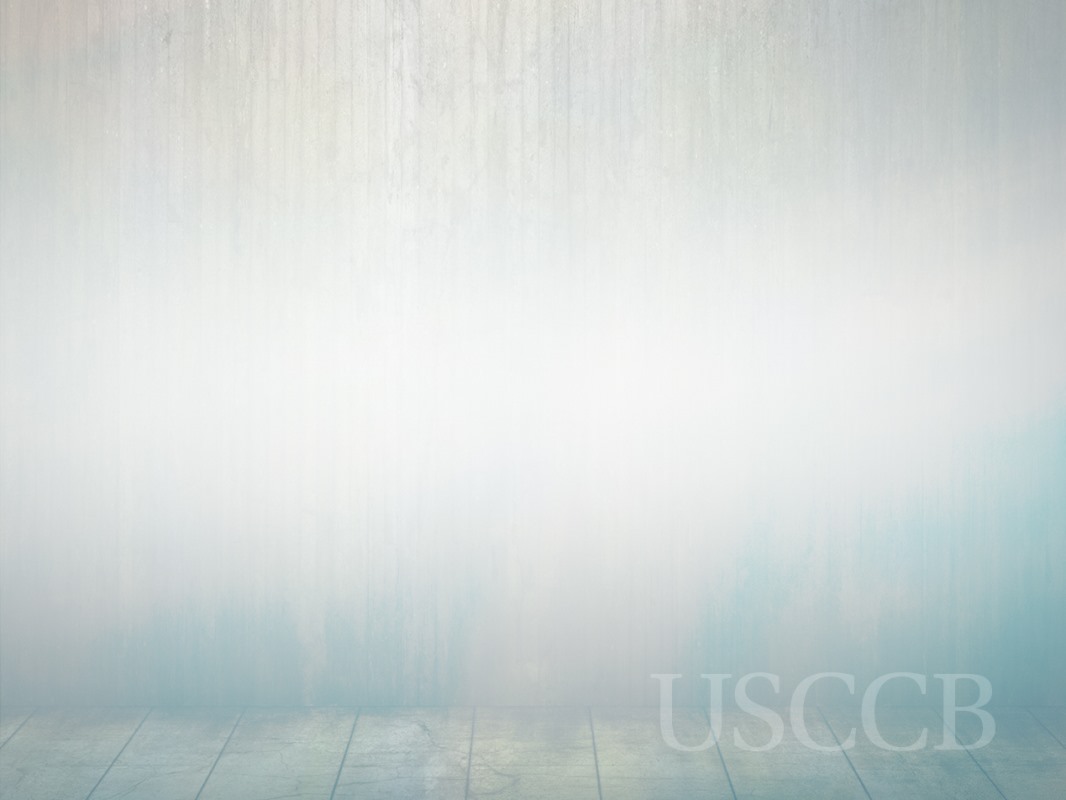

Covering the USCCB
|
29
Bishops of the Latin rite and Eastern Catholic churches have a vote on
statements and programs that affect the entire U.S. church, but the Eastern
bishops do not vote on matters affecting only the Latin rite church—mainly
liturgy and implementation or adaptation of the
Code of Canon Law
in the
United States. (Each of the Eastern churches has its own liturgical norms and
texts that are handled within their churches and not by the USCCB. In terms
of church law, each of the Eastern churches has its own legislation within the
general framework of the
Code of Canons of the Eastern Churches
—which,
despite many similarities, is distinct from the Latin rite
Code of Canon Law
.)
While a simple majority of those present and voting at a meeting is all
that is needed for elections and for many action items, on some matters the
USCCB requires approval by at least two-thirds of all eligible voters. Pastoral
letters and decisions on church law and liturgical matters are examples of
items requiring such a two-thirds vote. Sometimes this means that a vote dur-
ing the general assembly is inconclusive because there were not enough mem-
bers present and voting. (Suppose, for example, there are 269 bishops eligible
to vote on a question, but only 240 of them are at the meeting. The action
needs 180 affirmative votes to pass or 90 negative votes to be defeated. If
the vote is 175-65, the matter remains undecided until at least five of the 29
absent bishops vote for it or at least 25 vote against it.) In that case, those who
did not vote at the time are polled by mail after the meeting. The final result
usually is announced within a month after the meeting.
When the bishops vote on liturgical questions or other matters involv-
ing U.S. implementation of universal church norms or policies, the matter in
question not only must be approved by two-thirds of the bishops, but must
also be reviewed and confirmed by the Vatican. It is not unusual for such con-
firmation—technically called a
recognitio
, the Latin word for
recognition
—to
take several months or even a year or two.
Under USCCB bylaws, any proposed action at a USCCB general assem-
bly must be approved for placement on the agenda by the Administrative
Committee. The documentation for that action item must then be sent to all
bishops sufficiently in advance—generally interpreted as one month before
the general assembly—to give them time to review it and submit amend-
ments, modifications or other comments.
This is why, in a breaking political or diplomatic situation with moral or
religious implications, it is not uncommon for the assembly to be asked to review
a proposed statement by the USCCB president, suggest changes and later express
support for the president’s issuance of the statement. The parliamentary rule
avoids a situation in which a need to address serious issues amid rapidly evolving

















